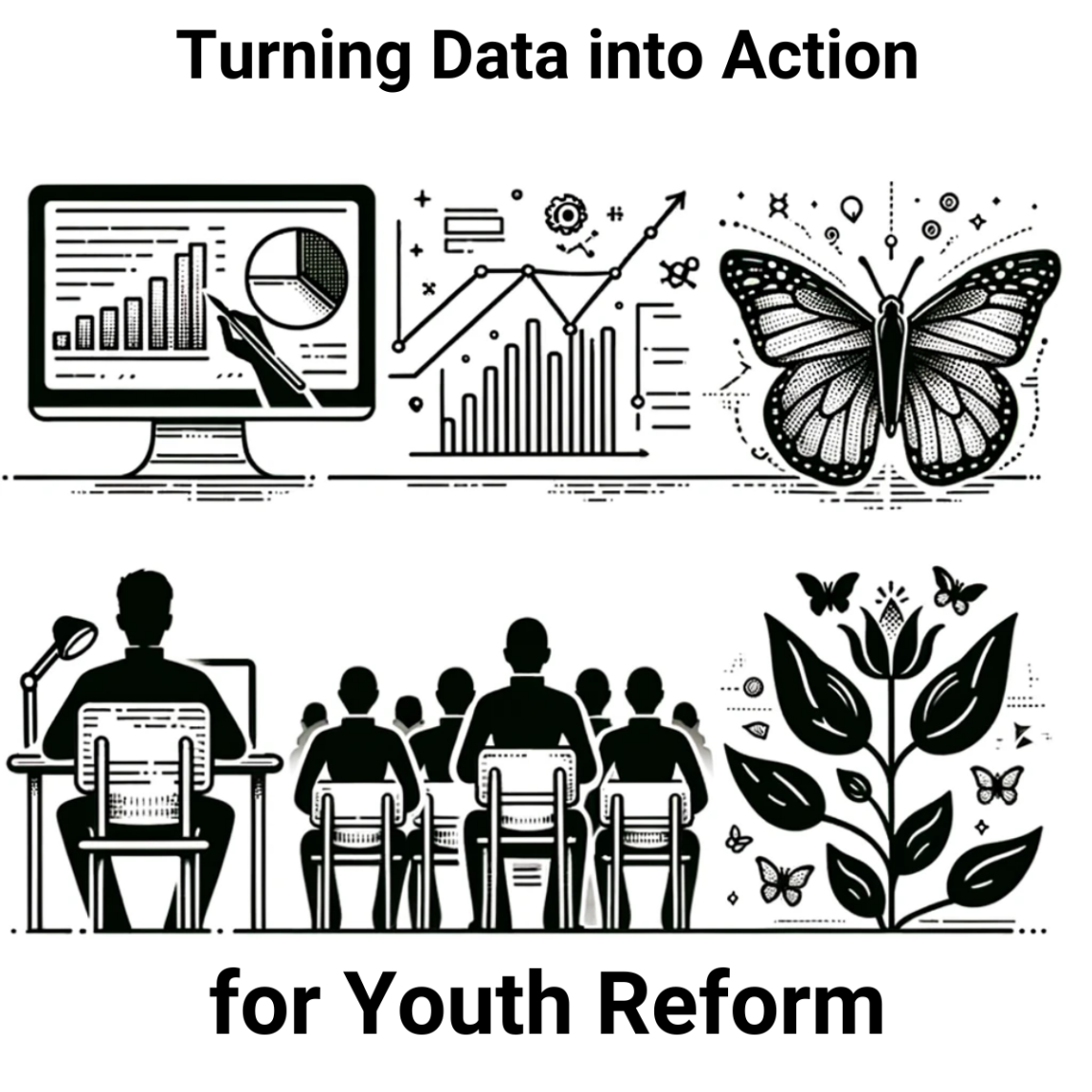
Analyze Reform Programs
Overcoming Data Chaos: A Strategy for Meaningful Analysis in Crime Reform

Jessica worked for the youth crime reform unit, a place where the paths of many troubled youths were redirected towards brighter futures. In her role, Jessica had a significant responsibility: tracking the progress and outcomes of youth offenders who participated in reform programs. To do this, she utilized a tool familiar to many: Excel. Jessica meticulously entered details of each youth offender and the specifics of their engagement in various programs into sprawling spreadsheets.
However, when the time came to assess the effectiveness of these reform programs, Jessica encountered a daunting challenge. Her method of data collection, while thorough, was not organized in a way that facilitated easy analysis. Each case was detailed in isolation, requiring her to collate information one by one to form any overarching insights. This piecemeal approach made it difficult to answer critical questions about the reform process. How long did it take for a youth to be considered reformed? What specific programs contributed most effectively to their rehabilitation?
Jessica realized that to leverage the full potential of her data, she needed a more structured approach to collecting and analyzing information. The challenge was not just in gathering details but in doing so in a manner that would allow her to draw meaningful conclusions about the efficacy of the reform programs.
Proposed Solution for Data Collection, Organization, and Analysis Using Excel
Data Collection:
- Use Structured Tables: Start by organizing data into tables within Excel. This approach makes data management easier and supports dynamic references that automatically adjust as you add new information. For example, Jessica should capture the youth offenders details into a single worksheet, all the programs they went through in another worksheet.
- Standardize Data Entry: Create a template with predefined columns for each type of data you need to collect (e.g., offender name, program type, start date, end date, outcome). This ensures consistency in data collection.
Data Organization:
- Employ Data Validation: Use data validation rules to ensure that the information entered into each field follows a specific format or set of criteria, reducing errors and inconsistencies.
- Leverage Multiple Sheets: Use separate sheets within a single workbook for different categories of data (e.g., one sheet for offender profiles, another for program details). This keeps your data organized and simplifies navigation.
Data Analysis:
- Utilize PivotTables: PivotTables can help you summarize, analyze, explore, and present your data. They are particularly useful for answering questions about program outcomes and trends over time.
- Implement Formulas and Functions: Use Excel formulas (e.g., COUNTIF, SUMIF, AVERAGEIF) to calculate key metrics such as average program duration, success rates, and more.
- Create Charts and Graphs: Visualize your data with charts and graphs to make the analysis more accessible and understandable. Visual representations can help highlight trends, patterns, and outliers.
By adopting these strategies, you can transform your Excel spreadsheets from a mere collection of details into a powerful tool for analyzing the effectiveness of youth crime reform programs.
